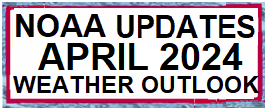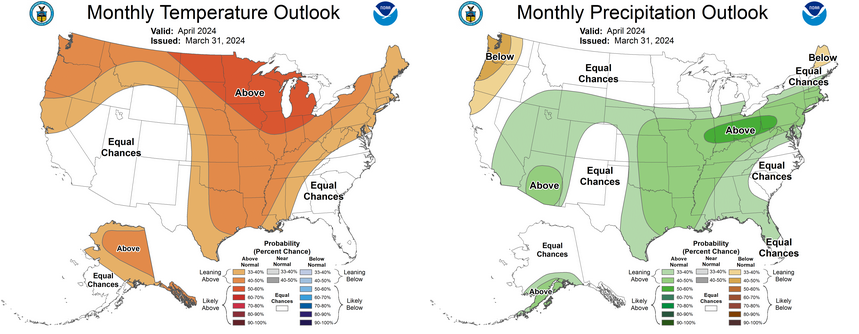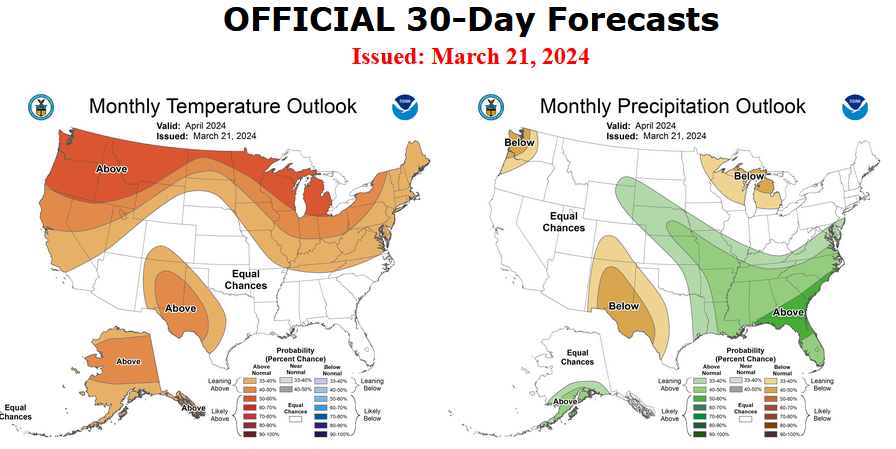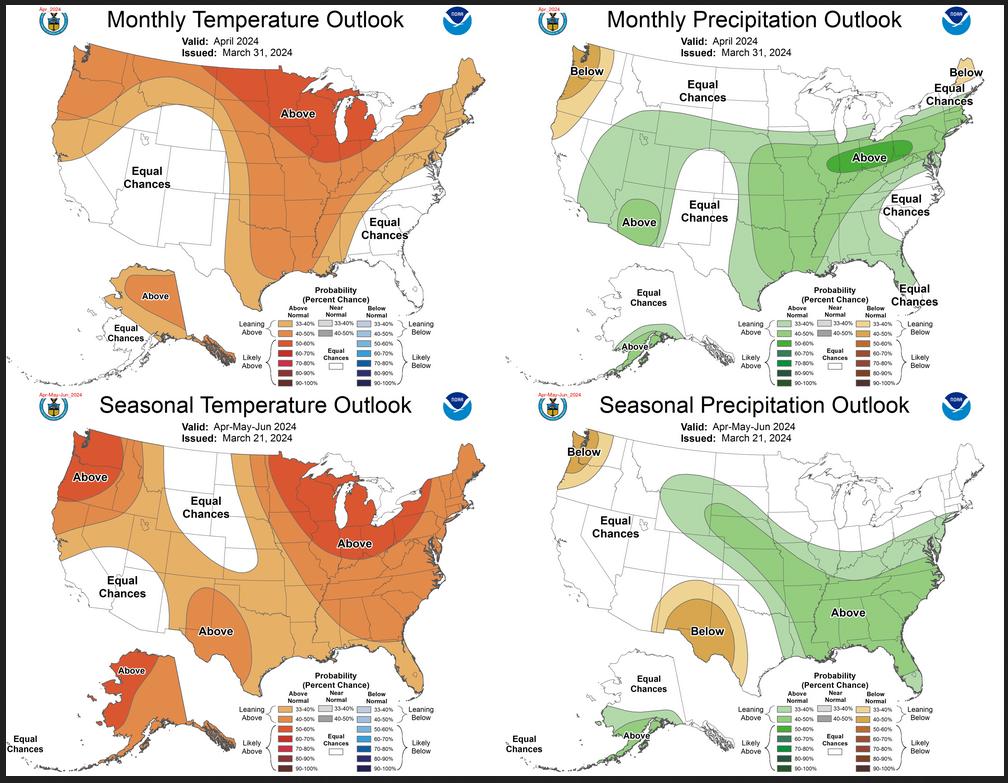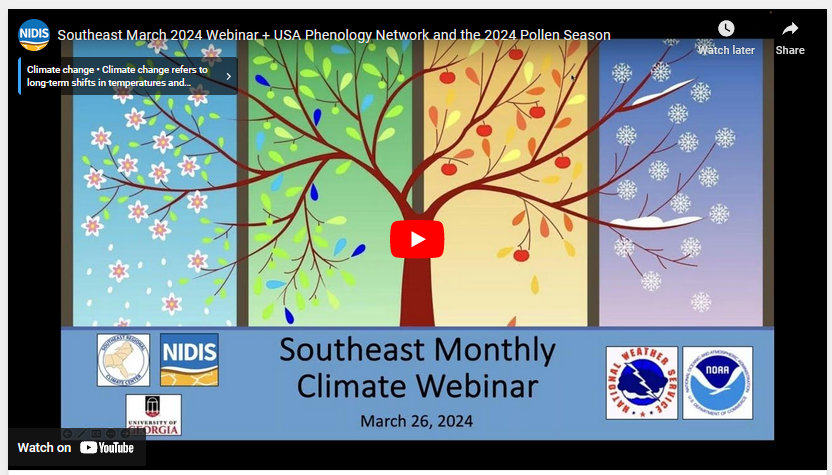Today Through the Fourth Friday (22 to 28 days) Weather Outlook for the U.S. and a Six-Day Forecast for the World: posted April 7, 2024
It is difficult to find a more comprehensive Weather Outlook anywhere else with the ability to get a local 10-day Forecast also.
This article focuses on what we are paying attention to in the next 48 to 72 hours. The article also includes weather maps for longer-term U.S. outlooks and a six-day World weather outlook which can be very useful for travelers.
First the NWS Short Range Forecast. The afternoon NWS text update can be found here but it is unlikely to have changed very much. The images in this article automatically update.
Short Range Forecast Discussion
NWS Weather Prediction Center College Park MD
Sun Apr 07 2024
Valid 12Z Sun Apr 07 2024 – 12Z Tue Apr 09 2024…Wet snow and high winds across the northern High Plains today are
expected to gradually become less intense by tonight……Mixed rain and wet snow spread east across the northern Plains into
tonight as showers and thunderstorms move across the Midwest, Mid-South,
Great Lakes toward the central Appalachians Monday morning……Threat of heavy rain quickly emerges across the western Gulf states
later on Monday and then expands further into the Mid-South by Tuesday
morning……Critical to Extreme Fire Weather Risk continues over portions of the
central/southern High Plains today with improvements on Monday…An intense low pressure system, likely reaching peak intensity early this
Sunday morning, has continued to impact much of the High Plains and nearby
Rockies with winds locally gusting over hurricane force. The cold air
mass behind this intense storm is supporting wet snow across the northern
High Plains into the northern Rockies. The combination of wet snow in the
midst of the high winds has resulted in blizzard conditions locally over
western Nebraska. Meanwhile, plenty of warm air is wrapping around the
eastern side of the storm with bands of showers and thunderstorms sweeping
through the northern and central Plains. The intense storm is expected to
gradually weaken today as it moves generally toward the upper Midwest.
Mixed rain and wet snow are expected across the northern Plains by tonight
as showers and embedded thunderstorms move into the Great Lakes and down
the Mississippi Valley by early on Monday. The rain/snow over the
northern Plains is expected to taper off by Monday night when the low
pressure system weakens further and heads toward southern Canada by
Tuesday morning.Meanwhile, the huge circulation associated with the weakening nor’easter
has been slow to exit New England, with some wet snow and rain still
affecting Maine and the Cape Cod area early Sunday morning. The
precipitation is expected to taper off this morning as the huge storm
begins to move out into the Atlantic. Colder air wrapping around the huge
storm will lead to below freezing temperatures as far south as the
southern Appalachians early this morning before the April sun and the
arrival warm air from the intense storm over the Plains send temperatures
well up into the 60s to near 70 by this afternoon.For the total solar eclipse that is scheduled to take place on Monday, it
appears that southern Texas will wake up to considerable clouds Monday
morning with a resurgence of warm and moist air from the Gulf of Mexico.
In contrast, New England will likely wake up to clearing skies with cold
temperatures into the 20s Monday morning under a fresh snow cover from the
recent nor’easter. There will probably be some breaks in the clouds from
northern Arkansas to central Ohio behind a front, and mostly cloudy
farther northeast from eastern Ohio to western portions of New York.Beginning late on Monday into Tuesday, a threat of heavy rain will quickly
emerge across the western Gulf states and then expands further into the
Mid-South in response to a return of Gulf moisture which will then
interact with an upper trough arriving from the southern Rockies. In
contrast, very dry conditions combined with strong downslope winds from
the Rockies will keep fire danger at critical to locally extreme levels
across the central to southern High Plains with some improvements on
Monday. Meanwhile, moisture from the next Pacific system is forecast to
bring the next round of precipitation into the Pacific Northwest by later
on Monday into Tuesday.

